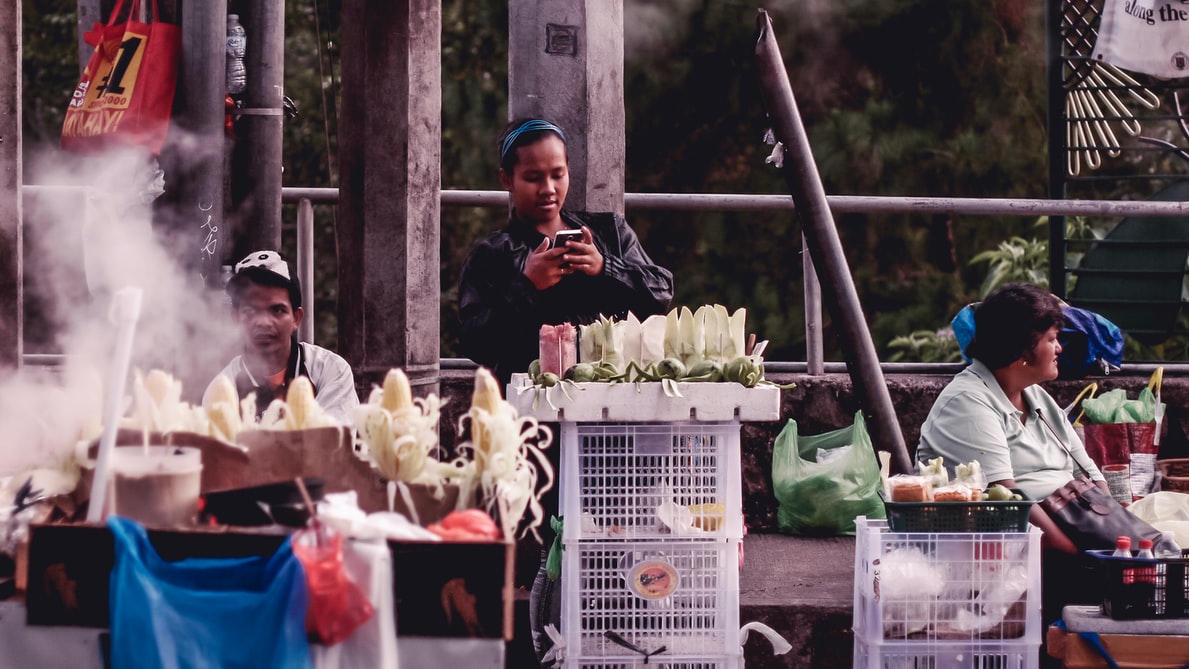In the 2020 Global Peace Index, the Philippines ranks 129 out of 163 countries. This low score is caused by the high levels of internal conflict, access to weapons and perceived criminality in society among other factors.
The Philippines has also historically ranked poorly on the Global Terrorism Index. In the 2020 edition, the country was 10th in the world, and ranked last amongst countries in the Asia-Pacific region.
In the 2019 Global Peace Index, the Philippines ranked 134, and in the 2019 GTI, it was ranked 9th in the world, showing improvements in indicators such as political terror, homicides and internal conflicts fought.
This shows that there is a positive trend of improvement for the Philippines and a potential to continue this trend.
To understand, one must first begin with a definition of peace. The Institute for Economics & Peace utilises two definitions of peace — negative peace, and Positive Peace.
Whereas negative peace is simply the absence of violence or fear of violence, Positive Peace is the attitudes, institutions and structures that create and sustain peaceful societies.
To put it another way, to measure negative peace is to measure the absence of violence in a country, whereas to measure Positive Peace is to measure a country’s capacity for peace.
Because of these differing measurements of peace, there will often be a difference between the score of a country on the Positive Peace Index versus the Global Peace Index.
If a country has a better score on the Positive Peace Index than it does on the Global Peace Index, we define this as a Positive Peace surplus. If it is reversed, we define this as a Positive Peace deficit.

IEP research shows that nations with a Positive Peace surplus are statistically more likely to become more peaceful over time, with 85% of countries that have shown improvements in the Global Peace Index over the last decade also having a Positive Peace surplus.
This demonstrates that a Positive Peace surplus often precedes improvements in actual peace.
The relation of Positive Peace to actual peace can be conceptualised in the image of a tree, which must first grow a large root structure in order to have the capacity to grow tall.
In contrast to this, countries that have a negative peace deficit are more likely to not have the capacity to deal with shocks to the system. A tree with a poor root system is far more likely to sustain major damage during a storm.
High levels of Positive Peace are found when attitudes make violence less tolerated, institutions more responsive to the needs of a society, and structures underpin nonviolent action.
When a society has the ability to resolve tensions without resorting to violence, Positive Peace often plays a part.
Well-Functioning Government, Sound Business Environment, Equitable Distribution of Resources, Free Flow of Information, Acceptance of the Rights of Others, High Levels of Human Capital, Good Relations with Neighbours, and Low Levels of Corruption.
The Philippines scored 106 on the most recent Positive Peace Index, which indicates that the country is sitting on a Positive Peace surplus and has the capacity to improve its peacefulness going forward.
Programmes focusing on building the strengths of the eight Pillars will improve the country’s capacity to deal with shocks and provide a strong foundation for the Philippines and allow it to slowly move towards a more peaceful state.
Find out more about IEP’s work in the Philippines.